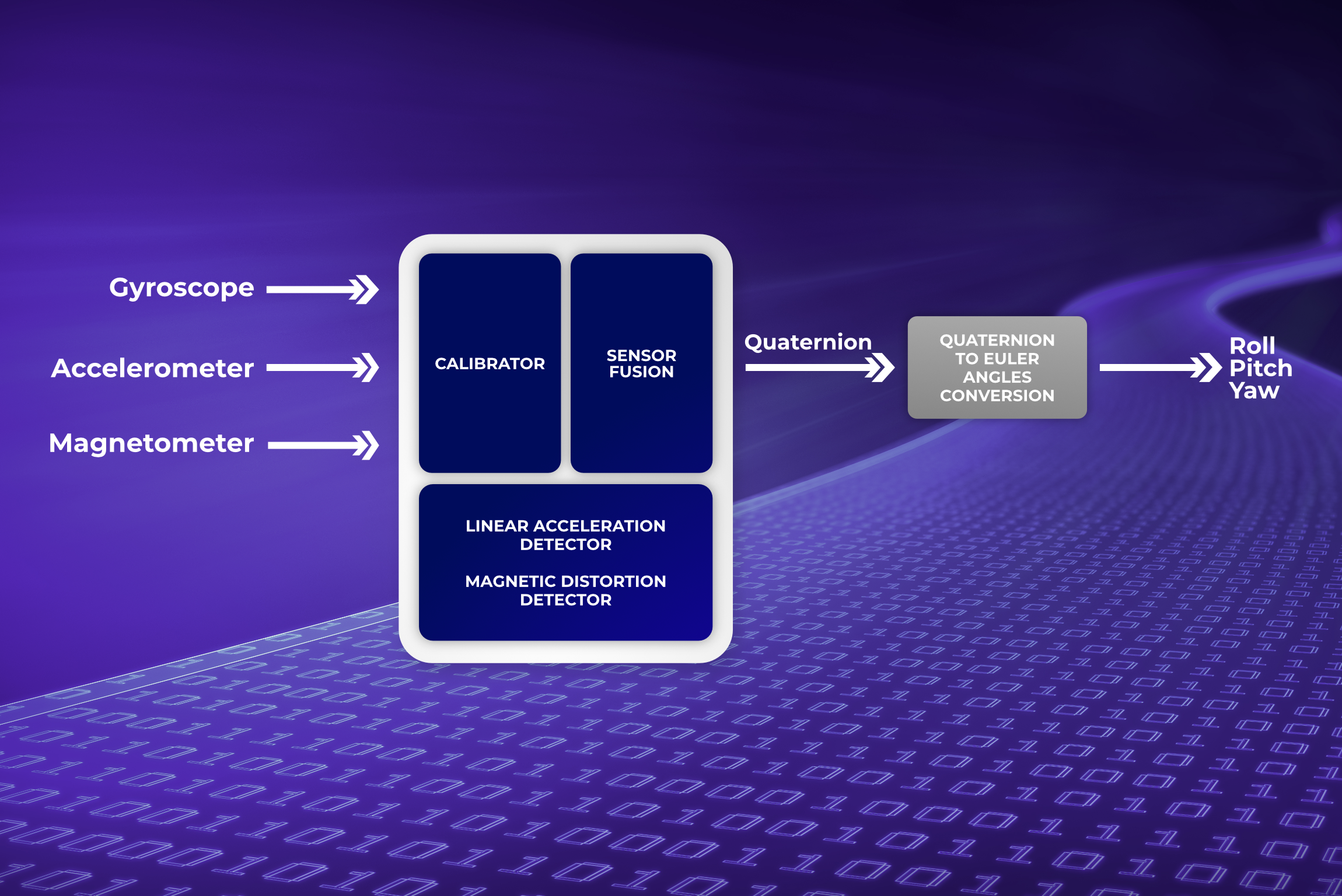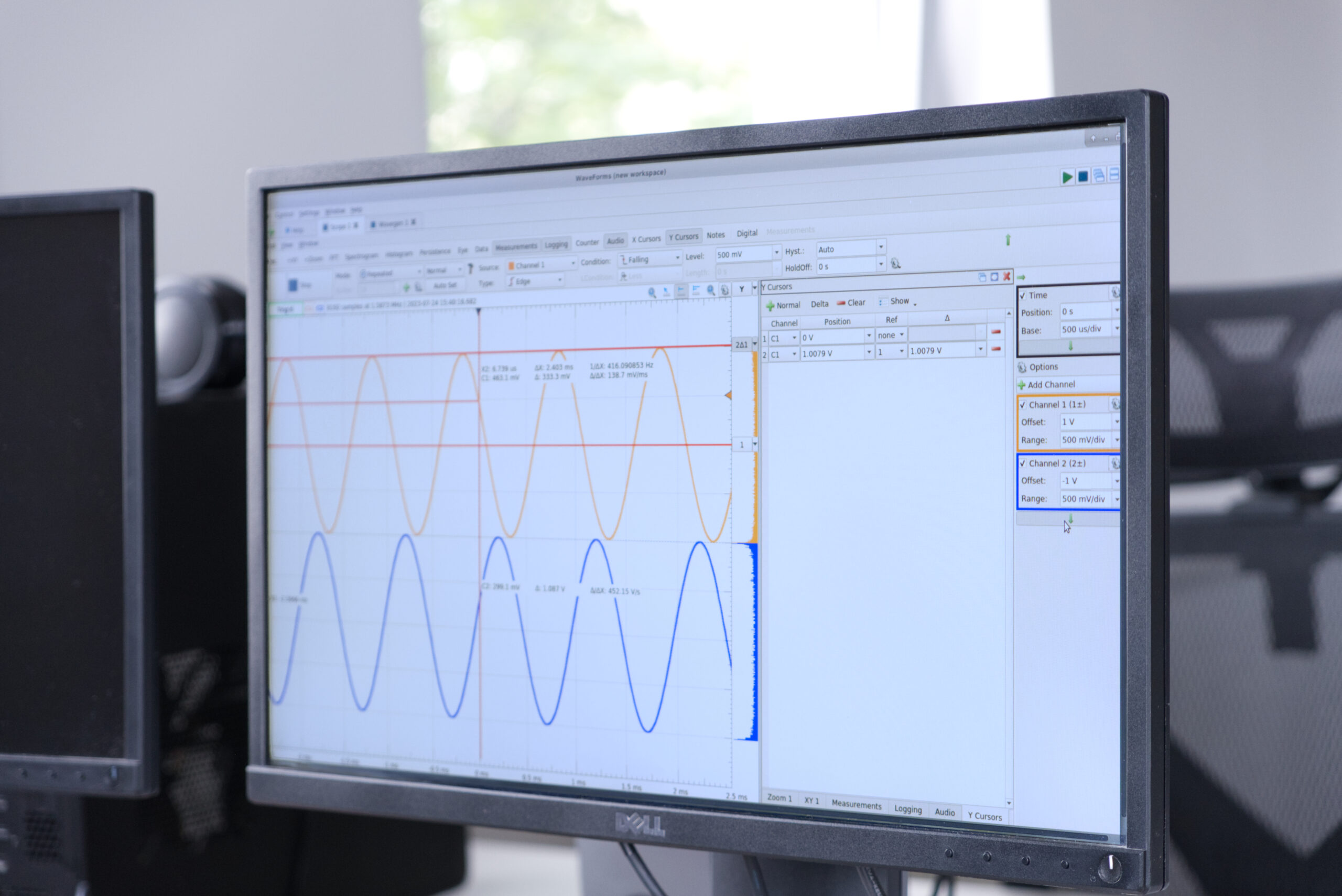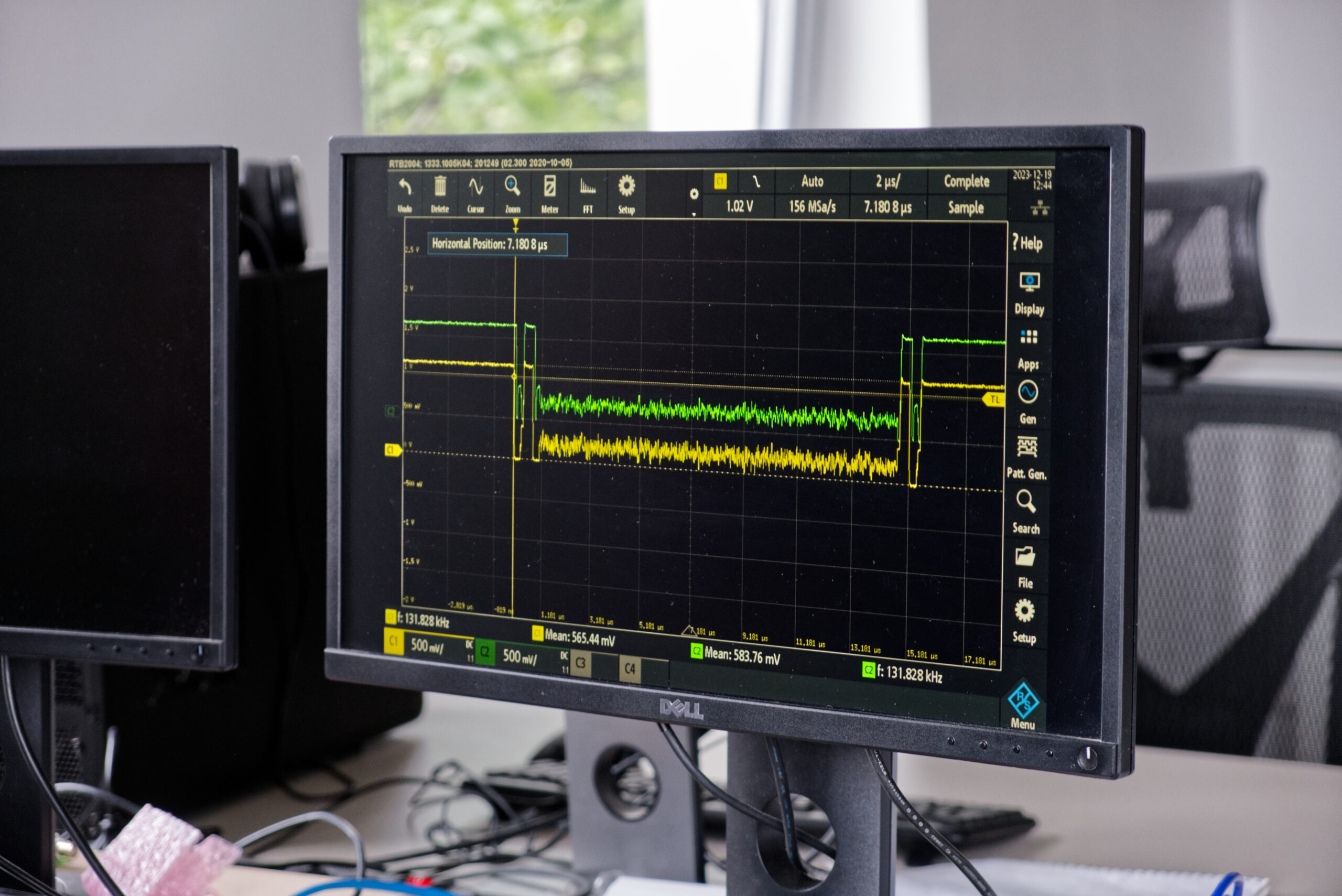SoC, FPGA and ASIC development
Enabling Tailored Market Applications
We develop custom solutions in the areas of SoCs, FPGA and ASICs. Our competence in fast and secure communications enables the development of high-speed, high-transfer industrial and IoT systems. NIRSEN provides expertise in Wi-Fi solutions with tailored application-driven MACs, robust tailored channel coding, and hardwired encryption.
FPGA Expertise
Our team combines advanced FPGA with processor technology, taking the best of both worlds to deliver high-performing solutions. Since FPGA circuits are much faster than the processor, they allow for parallelization, speeding up tasks like signal processing. The processor can be used to perform other tasks like GUI, FPGA configuration, parameter setting, and streaming data from the FPGA to an external PC.
When it comes to FPGA solutions, we can make everything from simple circuits to platforms with embedded Linux that allow for making advanced applications tailored to the user’s needs. We prototype solutions on a larger system to ensure proper functionality, then migrate them to smaller platforms to optimize for size while retaining performance.
NIRSEN has over a decade of experience delivering FPGA and ASIC projects for the automotive, telecommunications, power electronics, and other industries.
Our Capabilities

Sensor Fusion
Our company has teams of experts in different areas of electrical and mechanical engineering who join forces to deliver end-to-end solutions of varying complexity. When working on sensor fusion projects, the FPGA/ASIC team collaborates closely with the embedded, DSP, and antenna design teams that are in charge of PCB development, algorithms, and antennas.
We specialize in sensor fusion projects for real-time high-speed processing and logging of data from multiple sensors. This can be either a fusion of different types of sensors (radar, lidar, camera, etc.) or same-type sensors like corner radars to ensure redundancy and reliability.

ASIC Development Support
NIRSEN has FPGA and ASIC development capabilities, making it possible to offer FPGA support when developing an ASIC solution. Instead of testing an ASIC platform through emulators and software models, we can develop an FPGA platform to test all functionality in a real-life scenario. This allows for a more comprehensive assessment and better optimization before finalizing the ASIC chip.

Advanced Wi-Fi Projects
We have expertise in Wi-Fi algorithm development in accordance with 802.11a/g/ad/ah standards and technologies like WiGig and Wi-Fi HaLow. Our teams build FPGA platforms that act like Wi-Fi access points and enable signal sniffing to monitor and analyze Wi-Fi traffic, checking the signal strength and other network parameters.

FPGA-based Wi-Fi projects enable development with new standards, like 4G LTE (Long-Term Evolution). FPGA platforms enable testing for different bandwidth, speed, and latency upgrades for Wi-Fi standards that are still changing and evolving.
Another application of FPGA Wi-Fi platforms involves triangulation in enclosed areas where GPS localization doesn’t give good results. For instance, you can track the position of tagged vehicles, AGVs, or packages inside a warehouse.
CUSTOM SOC FPGA & ASIC SOLUTIONS
- Xilinx Zynq multiprocessor system-on-chip (MPSoC) programmable logic (PL) and processing system (PS) development
- SoC design for sensor data processing
- FPGA/ASIC implementation
- Hard and soft DSP implementation
- WiFi algorithm development following 802.11a/g/ad/ah standards
- WiGig direct multi-gigabit wireless communication
- WiFi HaLow technology
- High-speed FPGA multi-gigabit and multichannel-based HIL systems
FPGA AND ASIC SKILLS
- Modeling
- MATLAB and Simulink
- SystemC and C/C++
- Python
- RTL Design and Simulation
- VHDL
- Verilog
- SystemC
- Mentor Visual Elite
- Xilinx System Generator
- Cadence Incisive (NC Sim, Sim Vision)
- Xilinx Vivado
- Mentor ModelSim
- ASIC Implementation Chain
- Cadence First Encounter
- Synopsis Design Compiler Graphical
- FPGA Implementation Chain
- Xilinx: Vivado, System Generator, etc.
- Altera: Quartus, Nios II, etc.
- Software Development and Testing Tools
- C/C++
- Python
- Tcl
- BASH
- Verification and Validation
- SystemC/Verilog/VHDL/Simulink test benches
- Back-annotated simulations at all design flow points
- RTL verification using scripts for regression (BASH, Tcl), SystemVerilog
- Hardware-in-the-loop testing on FPGA prototypes
- Field trial deployment and assessment

